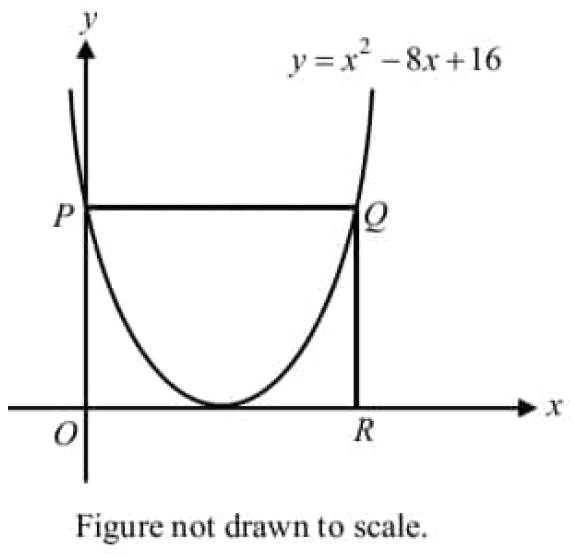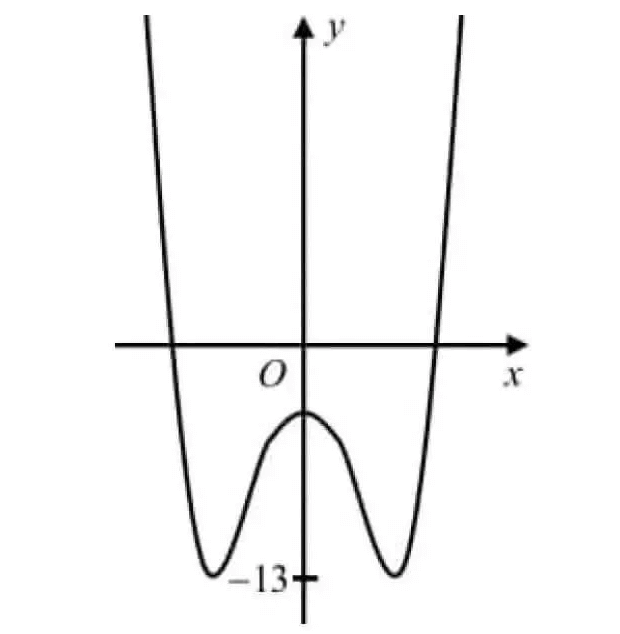FIRST ORDER VARIABLE SEPARABLE DIFFERENTIAL EQUATIONS
Key Concept
Consider the first order differential equation in the form as shown below.
Get y terms & dy on one side of the equation and x terms & dx on the other side as shown below.
h(y)dy = g(x)dx
Solve the above first order differential equation by integrating on both sides.
Solved Problems
Problem 1-6 : Solve the given first order differentiable equation by variable separable.
Problem 1 :
Solution :
Integrate both sides.
Problem 2 :
3extanydx + (1 + ex)sec2ydy = 0
Solution :
3extanydx + (1 + ex)sec2ydy = 0
(1 + ex)sec2ydy = -3extanydx
ln(tany) = -3ln(1 + ex) + ln(c)
ln(tany) + 3ln(1 + ex) = ln(c)
ln(tany) + ln(1 + ex)3 = ln(c)
ln[tany(1 + ex)3] = ln(c)
(1 + ex)3tany = c
Problem 3 :
Solution :
Problem 4 :
Solution :
Let t = 1 - y2.
Here, u = x and dv = exdx.
|
|
|
(1)---->
Problem 5 :
Solution :
Let x + y = z.
Differentiate with respect to x.
Then, the given differential eq
Problem 6 :
Solution :
Let t = x4.
Differentiate with respect to x.
(1)---->
Problem 7 :
Solve (x2 - y)dx + (y2 - x)dy = 0, if it passes through the origin.
Solution :
(x2 - y)dx + (y2 - x)dy = 0
x2dx - ydx + y2dy- xdy = 0
x2dx + y2dy = xdy + ydx
x2dx + y2dy = d(xy)
Integrate both sides.
Since it passes through origin, x = 0 and y = 0.
0 + 0 = 0 + c
c = 0
Therefore, the required solution is
Kindly mail your feedback to v4formath@gmail.com
We always appreciate your feedback.
©All rights reserved. onlinemath4all.com
Recent Articles
-
Permutation Problems with Solutions
May 08, 25 12:28 PM
Permutation Problems with Solutions -
Digital SAT Math Problems and Solutions (Part - 159)
May 08, 25 01:39 AM
Digital SAT Math Problems and Solutions (Part - 159) -
Digital SAT Math Problems and Solutions (Part - 158)
May 06, 25 11:00 AM
Digital SAT Math Problems and Solutions (Part - 158)

